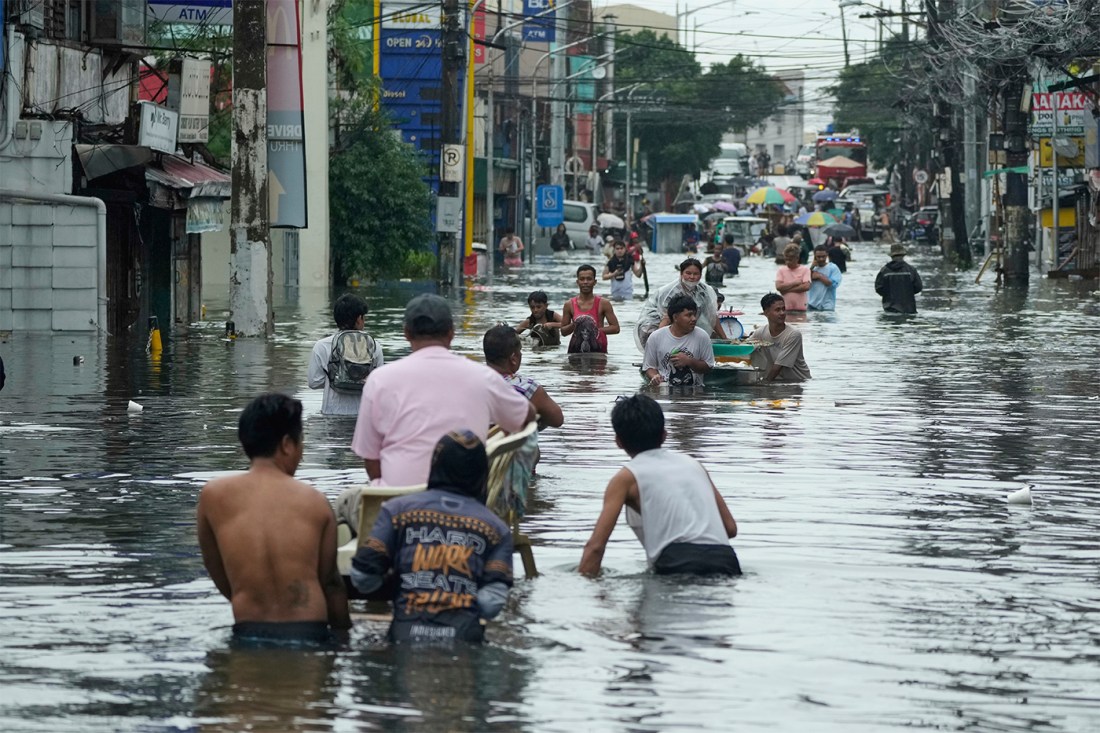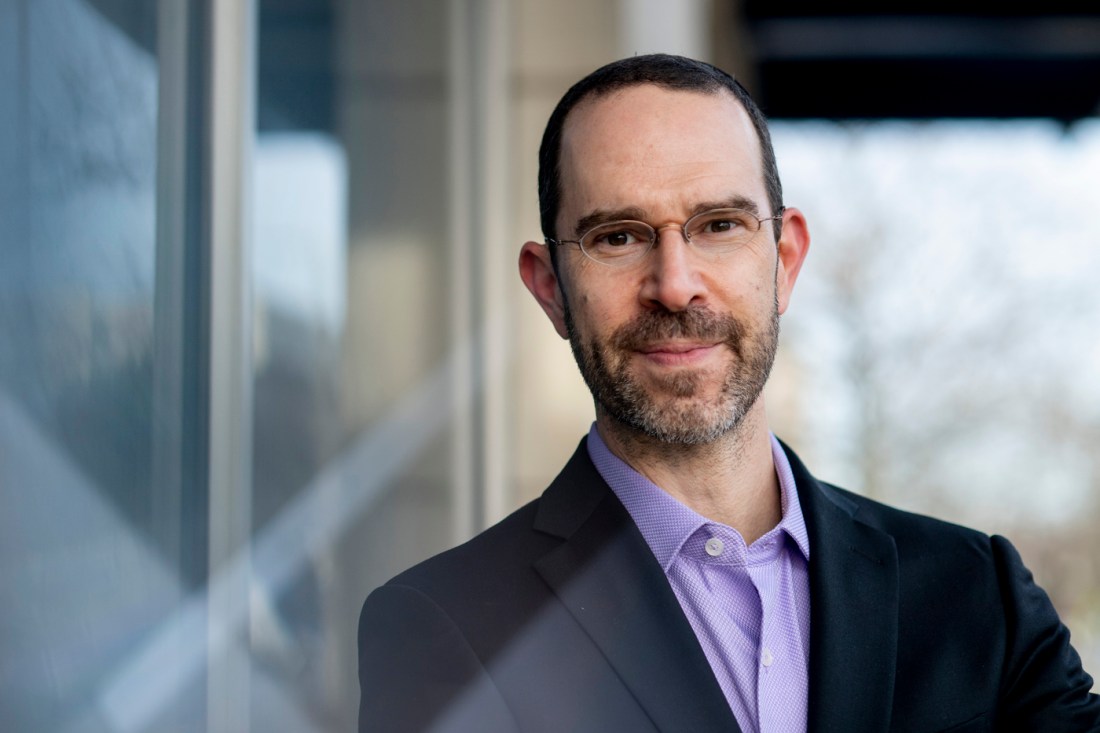Understanding polycrisis: Why interconnected disasters are the new normal
From the COVID-19 pandemic, to deadly flash floods and wildfires, disasters seldom occur in a vacuum, and a group of Northeastern researchers is hammering that point home in new research.

From the COVID-19 pandemic to deadly flash floods and wildfires, disasters seldom occur in a vacuum, and a group of Northeastern University researchers is hammering that point home in a new study.
“We’re in a new era of disasters and shocks, and the old terminology that we’ve been using until now doesn’t really capture the degree to which we’ve really shifted,” says Daniel Aldrich, a Northeastern professor, director of the university’s Resilience Studies Program and co-director at the Global Resilience Institute.
While it first emerged in the early 1970s, the concept of a “polycrisis” — a convergence of multiple, interconnected disasters — took on new meaning in the wake of the COVID-19 pandemic and Russia’s war in Ukraine. The two crises led to soaring energy prices, deepened the cost-of-living crisis and caused widespread supply shortages.
While independent challenges all their own, catastrophes such as pandemics and wars are increasingly seen as developments linked to larger or co-occurring crises — their true severity often measured not just by their immediate, observable impacts, but by the cascading effects they unleash across systems.
In findings published in Global Sustainability, Aldrich and his colleagues expound on the notion of the polycrisis, arguing that the moment of interconnected disasters has arrived — and that scholars, policymakers and governments should focus on finding “polysolutions” to the complicated set of challenges.

“What we see now when we watch these disasters unfold is that they are linked to a confluence of events and larger problems, whether we’re talking about multiple wildfires going on at once, or the fact that the insurance business is in trouble, or that mortgage prices are going up across the country,” Aldrich says.
“We might have, for example, a pandemic and a hurricane occurring at the same time as officials are cutting FEMA’s budget,” he says. “That kind of combination makes the situation a polycrisis.”
Researchers cite several key examples of polycrises, such as the desert locust outbreak in parts of sub-Saharan Africa in 2020 that occurred as the region was already battling food insecurity brought about when supply chains were thrown into chaos by the pandemic.
Editor’s Picks
At the same time, the war in Ukraine caused bread prices to spike, contributing to a shortage of about 30 million tons of grain and worsening famine in parts of Africa that relied on Ukraine’s exports.
“Communities in Africa were starving because Russia was blockading Ukrainian ships that were trying to leave the harbors,” Aldrich notes.
Aldrich says that decades of evolution in disaster research, along with increased data accessibility and changes in the operational environment, have shifted how we view crises. He points to the 1964 Alaska earthquake — the most powerful in North America’s history — as an example of an event that would be seen as a polycrisis today, but was once considered a singular, standalone disaster.
The researchers write that the growing interconnectedness of social systems — combined with the now “clearly acute and irreversible devastation of climate change, biodiversity loss, and ecological stress” — makes it increasingly likely that localized disruptions will escalate.
“What in the past could have remained a localized disruption — military invasion of a neighbor, a regional drought or flash flood, a contained disease outbreak — will cascade into major, global catastrophe,” they write.
At the heart of the polycrisis discussion is man-made climate change, which intensifies the frequency and severity of natural disasters, while highlighting the broader interconnectedness of crises. Researchers emphasize that the impacts of the climate crisis are worsened by the “slow pace of action.”
That sluggish response to the threat of climate change is itself part of the crisis, the researchers note, which illustrates the evolving discussion surrounding notions of risk in the disaster literature.
Once used as a framework to assess systems more discretely — such as the risks posed to a bridge by the elements, for example — the researchers argue that the old paradigm for assessing risk doesn’t easily account for the cascading consequences often seen across different and interconnected systems during disasters. Now, they are pushing a framework that approaches crises in terms of “systemic” risk.
“The old ways of thinking about crises and disasters don’t work anymore,” Aldrich says.










